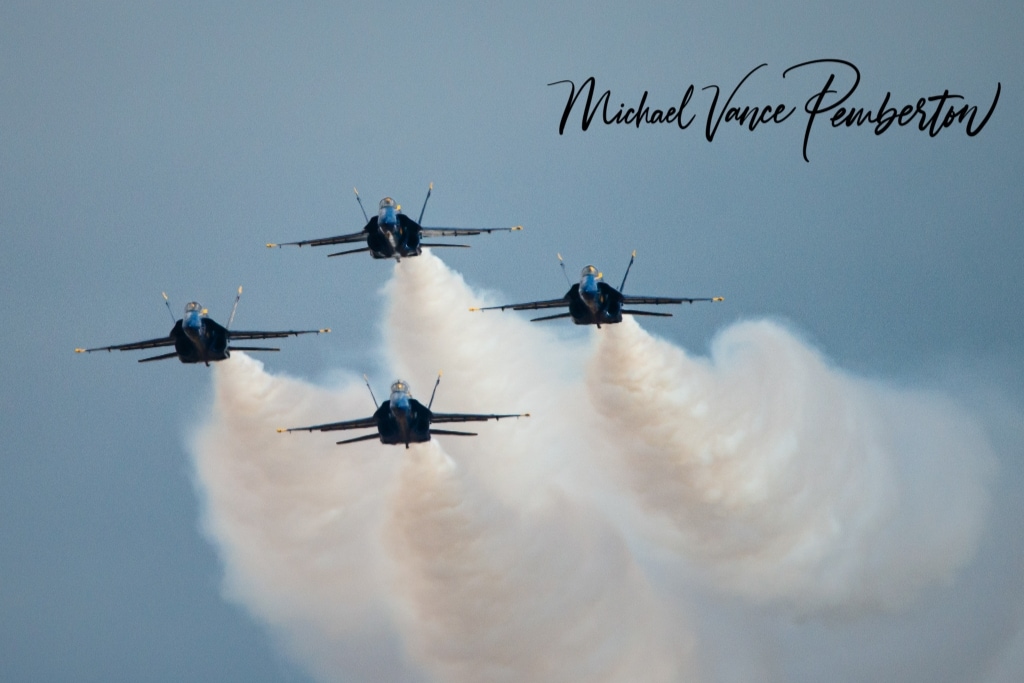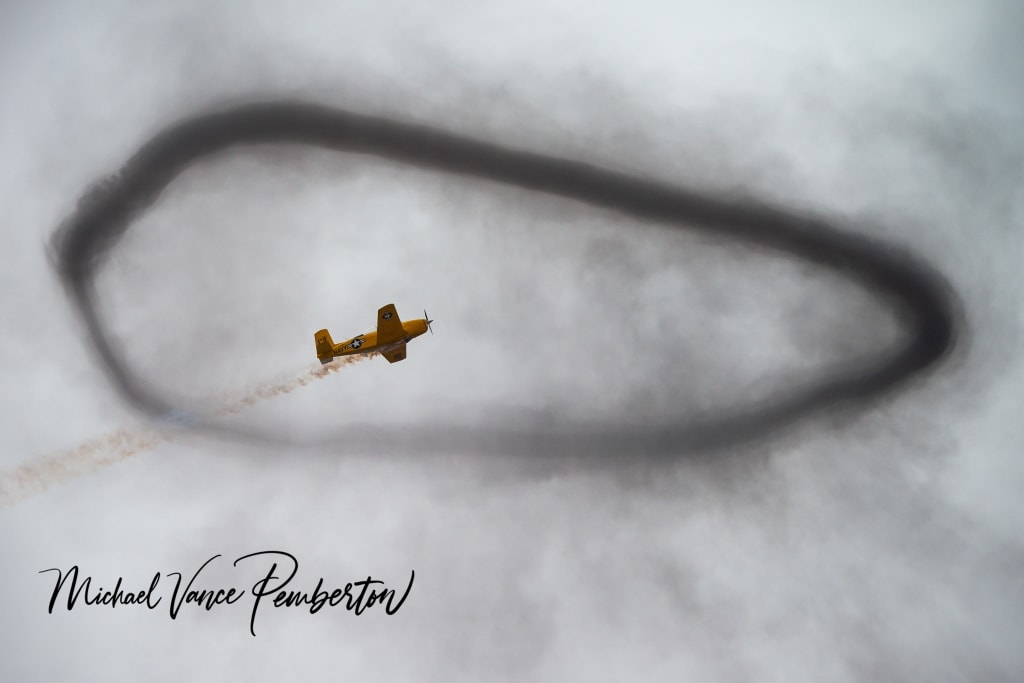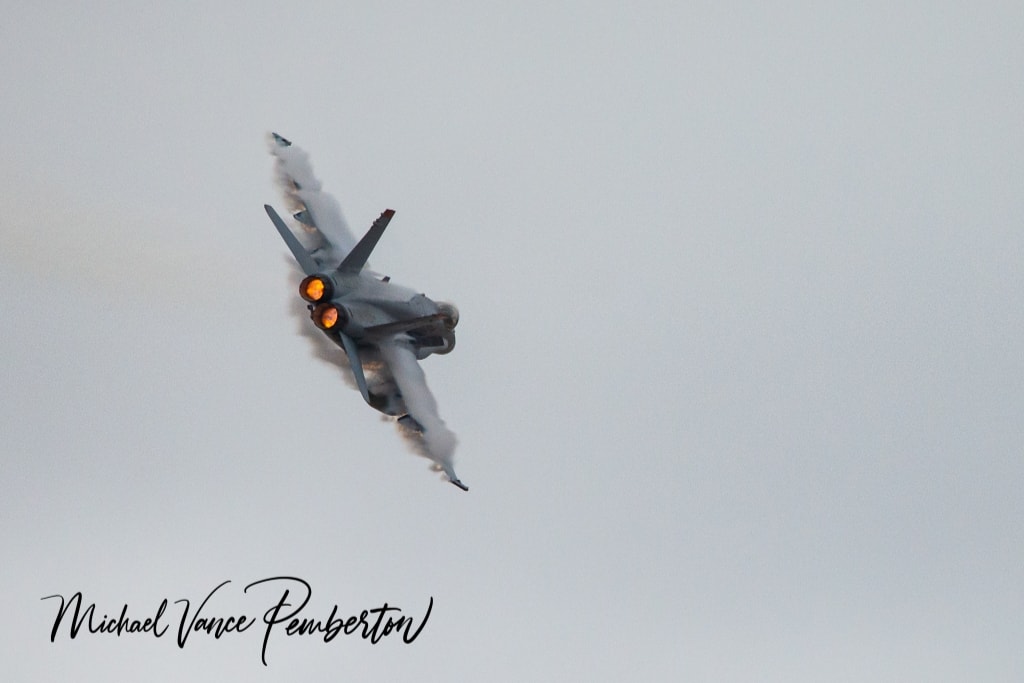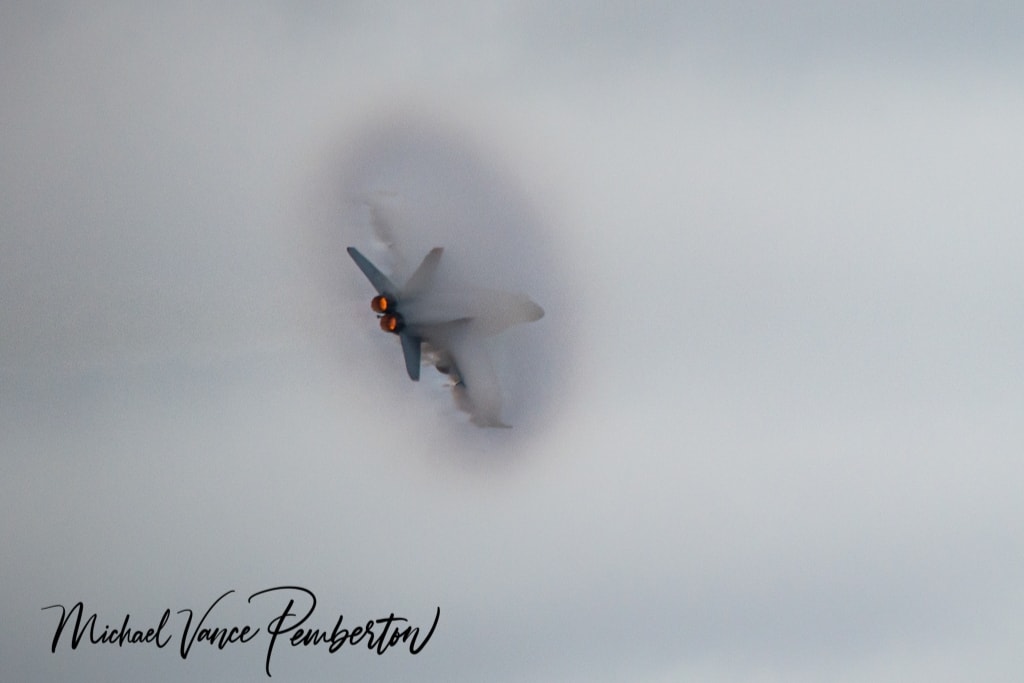
Miramar Air Show.
Be early, but not too soon as I found out when I went to the Miramar air show in San Diego, California. I was about 40 minutes earlier, and the guard at the gate told me I had to turn around and come in at the exact time. So if you’re going to an airshow on a military base, make sure you know what time the gate opens for the public. Being early is important because you want to scout out the location, especially where the sun is. Is it going to be at your back or in front of you? Plus, it gives you time to photograph the static planes and equipment sitting on the ground. Plus, it’s nice when you’re there early because there are fewer people in the way when you’re taking pictures of the planes on the ground.
Make a checklist; you will need to make sure you have all the camera gear with you things like lenses you’re going to use. How many memory cards are you going to bring? Things like lens wipes plus extra batteries and a tripod. Check to see if you have your tickets with you, and sunglasses are a must and sunscreen. Things like water and snacks are a must. Always make sure you have your id on you because you won’t get access to a military base without it.

Know the rules and regulations because you’d be surprised by some of the things people try to bring in to an air show, especially ones on a military base. I’ve seen people try to bring in a barbecue, lighter fluid, knives, and other ridiculous things. So make sure you know the rules and regulations.
Weather preparation is a must for having a good time at an airshow. You don’t want to show up underprepared and have a thunderstorm roll in, and you have no raincoat and no rain covers for your camera gear. I went to an air show in Fort Smith, Arkansas, and was underprepared and had no sunscreen. I got a severe sunburn, so don’t make that mistake.

Learn about aviation. The more air shows that you go to photograph, the more knowledge you will gain. You’ll find out how many people are serious about the aviation industry. It’s a great place to learn about the airplanes and equipment that you’re photographing. Most of the people there are history buffs and love to share their knowledge with you.
Track the aircraft with apps like Flightradar24, Flight tracker, FlightAware, and others to check out.
Make sure your gear is clean and works. Having clean equipment is a common-sense one, but sometimes when you’re in a hurry like me, you forget to clean the sensor and to make sure everything is operational, do a quick check and make sure everything is good to go.

What lenses to bring is something that I did not think about the first time I went to photograph an airshow and only brought my telephoto zoom lens, and that was a mistake. Make sure you bring some mid-range lenses and a wide-angle lens with you.
What metering option should you use is a good question? There are several options you can choose from. There’s the matrix or evaluative metering, center-weighted metering, and spot metering. I would recommend using center-weighted metering is your best choice. That metering mode calculates exposure by calculating the light from the center of the picture. I believe it’s the best choice to get your image appropriately exposed.
Shutter speed and aperture settings are essential when photographing an airshow. You can be walking along and photographing an f-32 sitting on the tarmac and then an f-18 flies over your head at high speed. What works is shutter priority mode. It allows you to quickly change your shutter speed while the camera automatically selects an appropriate aperture for great exposure. If you’re photographing a prop plane, you probably don’t want the fastest shutter speed possible. One of the things you can do is slow down the shutter speed so that the propellers are slightly blurred. But when photographing a jet, you’re going to use the fastest shutter speed possible to stop the action.

Exposure compensation is essential because most of what you’ll be photographing will be the sky. It will confuse the sensor in the camera’s metering system. Should you overexpose an image or underexpose a picture of the aircraft that you’re photographing? You can use your exposure compensation function on your camera to adjust your exposure from -2 to +2 stops. Make sure and do some test shots to make sure it’s where you want.
Iso settings can depend on the lighting conditions of the time that you’re photographing the planes. If it’s a bright sunny day, you’ll probably only need an ISO over 200 to 400. If it’s cloudy, you’ll need something much higher, like ISO 1000 or above.
Drive modes are essential to know when photographing planes in flight. The best mode to use is the continuous mode; it increases your chances of getting a sharp image.
Pan when your photographing planes in flight. The best ways to pan are to track your plane and follow it. Don’t just start taking pictures immediately. Make sure that it’s sharp on your LCD screen. Make sure you have a proper stance. You don’t want to fall while panning, believe me, I’ve done it when I got so excited when I saw my first bomber plane flyover.
Autofocusing and track, there are several autofocus modes on your cameras. I always use continual focus or ai servo because it consistently tracks the subject. It maintains focus as long as I keep the shutter button half depressed.
The best way to zoom in and out is to be patient. Try not to get too frustrated while you’re panning. I would first zoom in and then swim out to the aircraft.
Join and get to know other aviation photographers. You’ll find they have a fantastic amount of knowledge they’re willing to share with you. You can learn all kinds of things from others, as I have found over the years. Plus, depending on who you met, they may be able to get you access to planes and other aircraft others may not see at the airshow.


Recent Posts
In shadows cast by love's deceitful guise,He wandered blind, his heart the captive prize.Through realms unknown, where truth remained concealed,He followed trails of falsehood, unrevealed. Blinded...
Prepare to be amazed as the MCAS Cherry Point Air Show returns on May 11-12. This annual event, hosted by the Marine Corps Air Station (MCAS) Cherry Point in North Carolina, promises a weekend of...